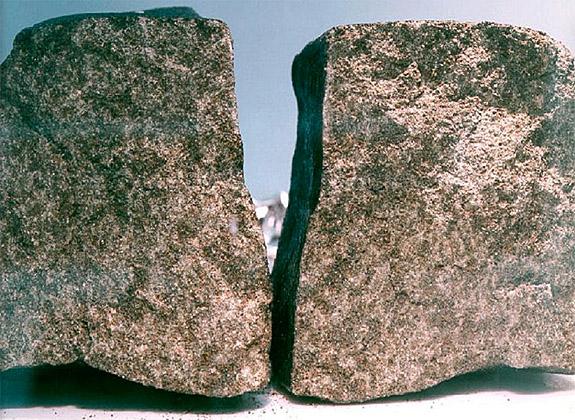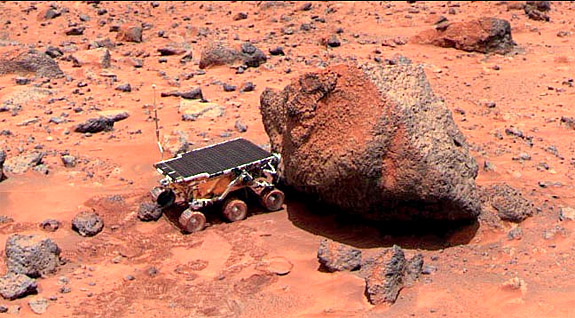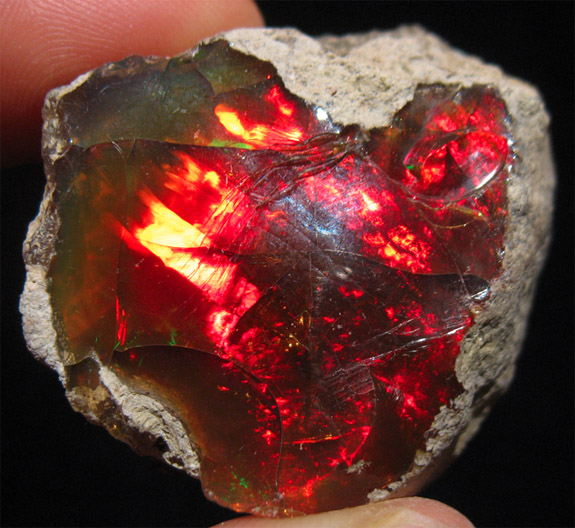Blog Archive
-
2015
(146)
- October(2)
- September(14)
- August(13)
-
July(19)
- Bachelorette Kaitlyn Bristowe Is Rockin' a Gorgeou...
- Wallace Chan's Unique Carving Style Creates Eerily...
- Rolene Strauss Adds a New Diamond to Her Miss Worl...
- Music Friday: Dion Helps Us Celebrate July's Birth...
- Self-Proclaimed Nerd Proposes With Engagement Ring...
- Asteroid Packing $5.4 Trillion in Platinum Shoots ...
- Music Friday: Meghan Trainor's 'Like I'm Gonna Los...
- Fire Opals on Mars Could Point to Evidence of Life...
- Gemfields' Global Brand Ambassador Mila Kunis Star...
- As New Jersey Man Plants Lucky Bamboo, He’s Reunit...
- ‘Wizard of Oz’ Fan Offers $1 Million for Info Lead...
- Music Friday: Nancy Wilson Sings, ‘You’re a Polish...
- ‘Big Bang Theory’ Actress Mayim Bialik Warns Not t...
- Urban Miner Scrapes Sidewalks of NYC’s Diamond Dis...
- Women’s World Cup Trophy Is Made of Gold-Clad Ster...
- Gemfields Sells Rare 45-Carat Matched Pair of Vivi...
- Music Friday: Beyonce Falls in Love on the 4th of ...
- Four Ultra-Rare Fancy Red Diamonds Are Among the F...
- July's Birthstone: Did You Know That One of the Wo...
- June(12)
- May(23)
- April(22)
- March(19)
- February(18)
- January(4)
About Me
- Unknown
Powered by Blogger.
Blog Archive
-
▼
2015
(146)
-
▼
July
(19)
- Bachelorette Kaitlyn Bristowe Is Rockin' a Gorgeou...
- Wallace Chan's Unique Carving Style Creates Eerily...
- Rolene Strauss Adds a New Diamond to Her Miss Worl...
- Music Friday: Dion Helps Us Celebrate July's Birth...
- Self-Proclaimed Nerd Proposes With Engagement Ring...
- Asteroid Packing $5.4 Trillion in Platinum Shoots ...
- Music Friday: Meghan Trainor's 'Like I'm Gonna Los...
- Fire Opals on Mars Could Point to Evidence of Life...
- Gemfields' Global Brand Ambassador Mila Kunis Star...
- As New Jersey Man Plants Lucky Bamboo, He’s Reunit...
- ‘Wizard of Oz’ Fan Offers $1 Million for Info Lead...
- Music Friday: Nancy Wilson Sings, ‘You’re a Polish...
- ‘Big Bang Theory’ Actress Mayim Bialik Warns Not t...
- Urban Miner Scrapes Sidewalks of NYC’s Diamond Dis...
- Women’s World Cup Trophy Is Made of Gold-Clad Ster...
- Gemfields Sells Rare 45-Carat Matched Pair of Vivi...
- Music Friday: Beyonce Falls in Love on the 4th of ...
- Four Ultra-Rare Fancy Red Diamonds Are Among the F...
- July's Birthstone: Did You Know That One of the Wo...
-
▼
July
(19)
Thursday, 16 July 2015
 Fire Opals on Mars Could Point to Evidence of Life on the Red Planet
Fire Opals on Mars Could Point to Evidence of Life on the Red Planet
JULY 16TH, 2015
A tiny fragment of fire opal found in a Martian meteorite could point to evidence of life on the Red Planet.

Researchers at the University of Glasgow discovered traces of fire opal in a 1.7 gram (1/20 ounce) sample taken from the famous Nakhla meteorite, which crashed in Egypt in 1911 and has been housed in the Natural History Museum in London.

The fire opal discovery affirms information gained during NASA's imaging and exploration of the Martian surface. NASA detected deposits of opal and other minerals, such as olivine (the non-precious version of peridot). The presence of opal is significant because the gemstone famous for its brilliant orange, yellow and red display of color is also known to form in and around hot springs.

"Microbial life thrives in these conditions, and opal can trap and preserve these microbes for millions of years," said Professor Martin Lee of the University of Glasgow's School of Geographical and Earth Sciences. "If Martian microbes existed, it’s possible they too may be preserved in opal deposits on the surface of Mars."
Armed with this information, future exploration of Mars and the search for evidence of life on that planet could focus heavily on the study of opal. These findings were revealed in an article in the scientific journal Meteoritics and Planetary Science.
The Nakhla meteorite, which is named for the town in which it landed, crashed to Earth on June 28, 1911. About 22 pounds of meteorite debris (about 40 pieces) were scattered over a three-mile area. The largest piece weighed about four pounds. Some fragments were embedded three feet into the ground.
Scientists believe the meteorite was blasted from the face of Mars by a powerful impact of unknown origin. Witnesses in Egypt reported seeing the meteorite approaching from the northwest along a track marked by a column of white smoke.

While conventional opals are mined primarily in Australia, fire opals are found in a number of countries, including Mexico and Brazil. Fire opals get their blazing color from fine traces of iron oxide in their chemical composition. They have a hardness of between 6 and 6.5 on the Mohs scale, which means they are susceptible to scratching and require a protective setting when used in fine jewelry, especially as a ring.
Credits: Mars shots via NASA; Nakhla meteorite via WikiCommons; Fire opal uncredited via Twitter/ScienceAllDay

Researchers at the University of Glasgow discovered traces of fire opal in a 1.7 gram (1/20 ounce) sample taken from the famous Nakhla meteorite, which crashed in Egypt in 1911 and has been housed in the Natural History Museum in London.

The fire opal discovery affirms information gained during NASA's imaging and exploration of the Martian surface. NASA detected deposits of opal and other minerals, such as olivine (the non-precious version of peridot). The presence of opal is significant because the gemstone famous for its brilliant orange, yellow and red display of color is also known to form in and around hot springs.

"Microbial life thrives in these conditions, and opal can trap and preserve these microbes for millions of years," said Professor Martin Lee of the University of Glasgow's School of Geographical and Earth Sciences. "If Martian microbes existed, it’s possible they too may be preserved in opal deposits on the surface of Mars."
Armed with this information, future exploration of Mars and the search for evidence of life on that planet could focus heavily on the study of opal. These findings were revealed in an article in the scientific journal Meteoritics and Planetary Science.
The Nakhla meteorite, which is named for the town in which it landed, crashed to Earth on June 28, 1911. About 22 pounds of meteorite debris (about 40 pieces) were scattered over a three-mile area. The largest piece weighed about four pounds. Some fragments were embedded three feet into the ground.
Scientists believe the meteorite was blasted from the face of Mars by a powerful impact of unknown origin. Witnesses in Egypt reported seeing the meteorite approaching from the northwest along a track marked by a column of white smoke.

While conventional opals are mined primarily in Australia, fire opals are found in a number of countries, including Mexico and Brazil. Fire opals get their blazing color from fine traces of iron oxide in their chemical composition. They have a hardness of between 6 and 6.5 on the Mohs scale, which means they are susceptible to scratching and require a protective setting when used in fine jewelry, especially as a ring.
Credits: Mars shots via NASA; Nakhla meteorite via WikiCommons; Fire opal uncredited via Twitter/ScienceAllDay
Subscribe to:
Post Comments (Atom)
0 comments:
Post a Comment